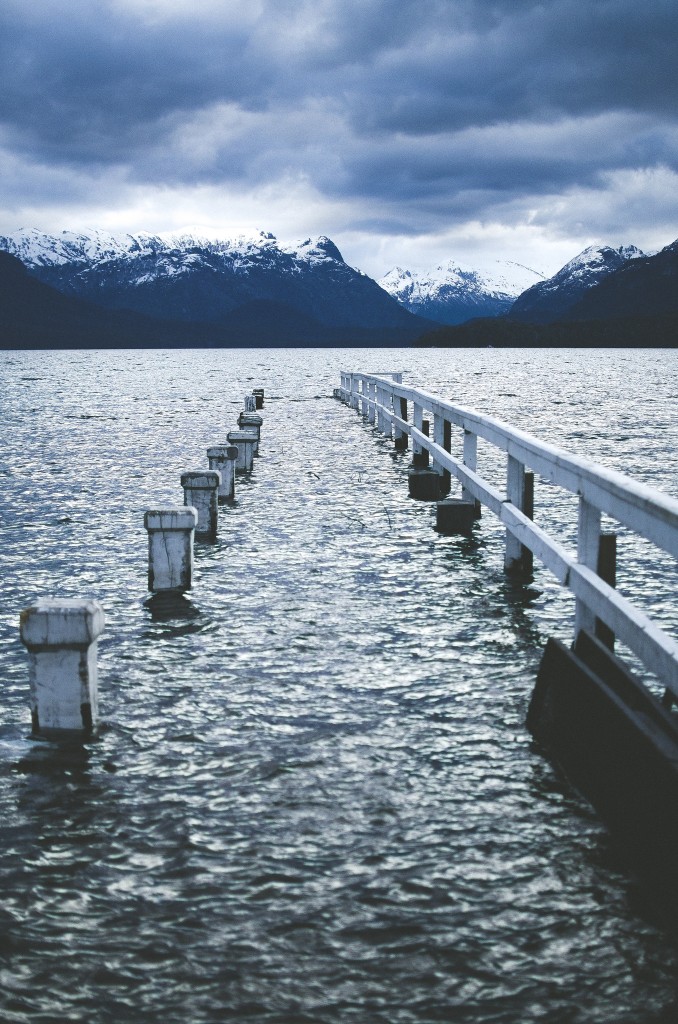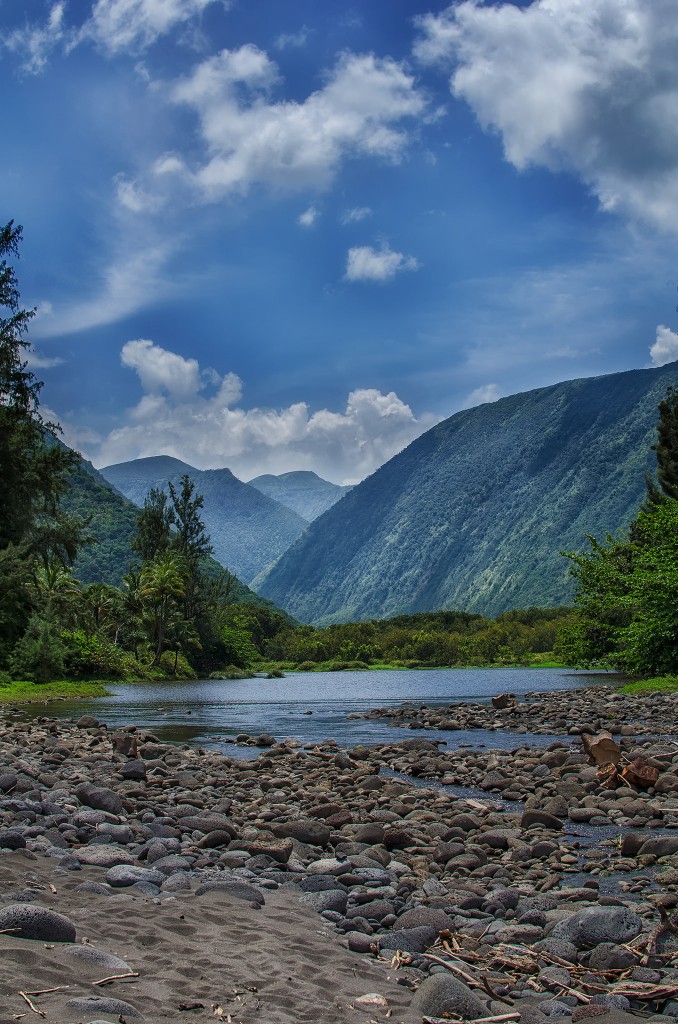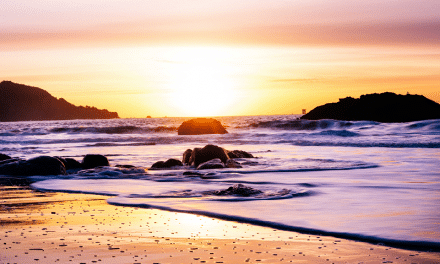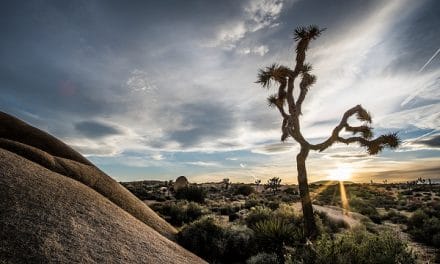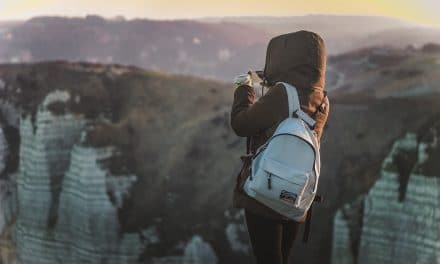When shooting landscapes, it’s easy to get stuck shooting in landscape orientation. Even the name, landscape photography, encourages us to hold our cameras in lengthwise. While holding the camera that way does allow us to capture larger sections of those breathtaking horizons, rotating the camera every once in a while is a good thing, too–really!
1. Challenge Your Creative Comfort Zone
Some of the best advice a photographer can follow, regardless of their skill level, is to keep challenging themselves and stepping outside of their comfort zones. That’s how we improve and become better photographers. It is when we tend to do the same thing over and over, that it turns into a habit–and that’s not always a good thing. In this case, always holding our cameras in the same orientation allows our creativity to get a little rusty because we’ve inadvertently trained ourselves to always see something in a similar fashion.
It is up to you to mix up things up every once in a while and try something new, or at least, in a way that’s different from the way in which you are comfortable.
2. Exercise Your Eye For Composition
Not unlike the way we need to challenge our creativity, we also need to occasionally step outside our comfort zone in terms of composition.
The rules of photography–things like the rule of thirds, leading lines, and symmetry–are great go to’s to get a great looking landscape. When in doubt, follow these rules and you’ll likely get an interesting shot. The problem is, we become so familiar with them, we tend to stick to them like glue. The same can be said of how expected it has become to compose landscape photos in landscape orientation. We know the chances of making a landscape composition work this way are better, making it the safest choice.
→ Related reading: 4 Expert Tips to Improve Your Landscape Composition
If you find yourself always shooting your landscapes in horizontal orientation, make it a point to start looking for a vertical or “portrait” oriented compositions, too. It’s always more fun to practice this when you’re out there with your camera taking photos, but you can even practice this when you’re just out running errands. Perhaps you are spending some time in your backyard, or riding in a car past some nice scenery, you can still look for interesting compositions–just remember to look differently. Study the scene for a vertical landscape.
Before you know it, you’ll easily be able to see compositions in either orientation more naturally.
3. Vertical Landscapes Are Super Useful
One last thing I feel is worth mentioning, vertical landscapes are quite useful and often easier to sell in the stock photography market. So much of the media we consume is in vertical orientation–book covers, magazines, posters, even the browsers on our smartphones! Vertical landscapes are often specifically sought out for these types of uses. While it is possible to crop a horizontal landscape and make it vertical, this is often not ideal, as you will be compromising the original composition in addition to reducing the image size, which could cause loss of quality issues if the image needs to be enlarged afterwards.
Photo license link: CC BY-ND 2.0

